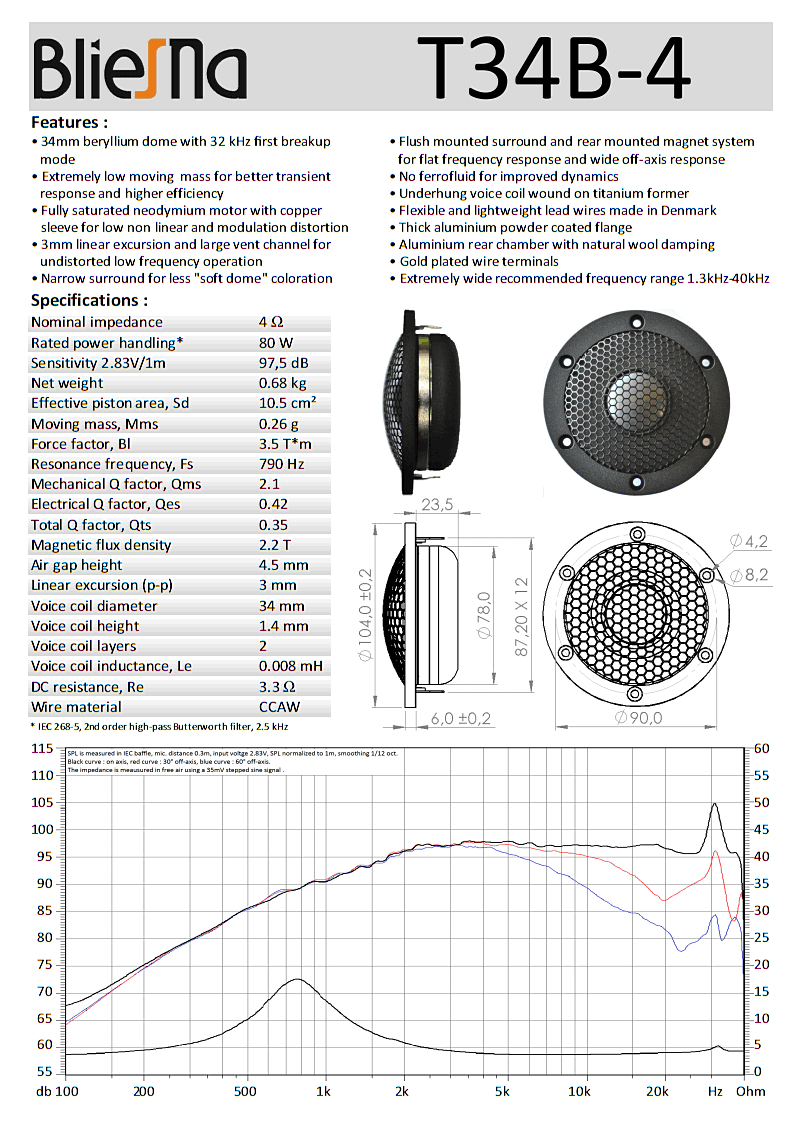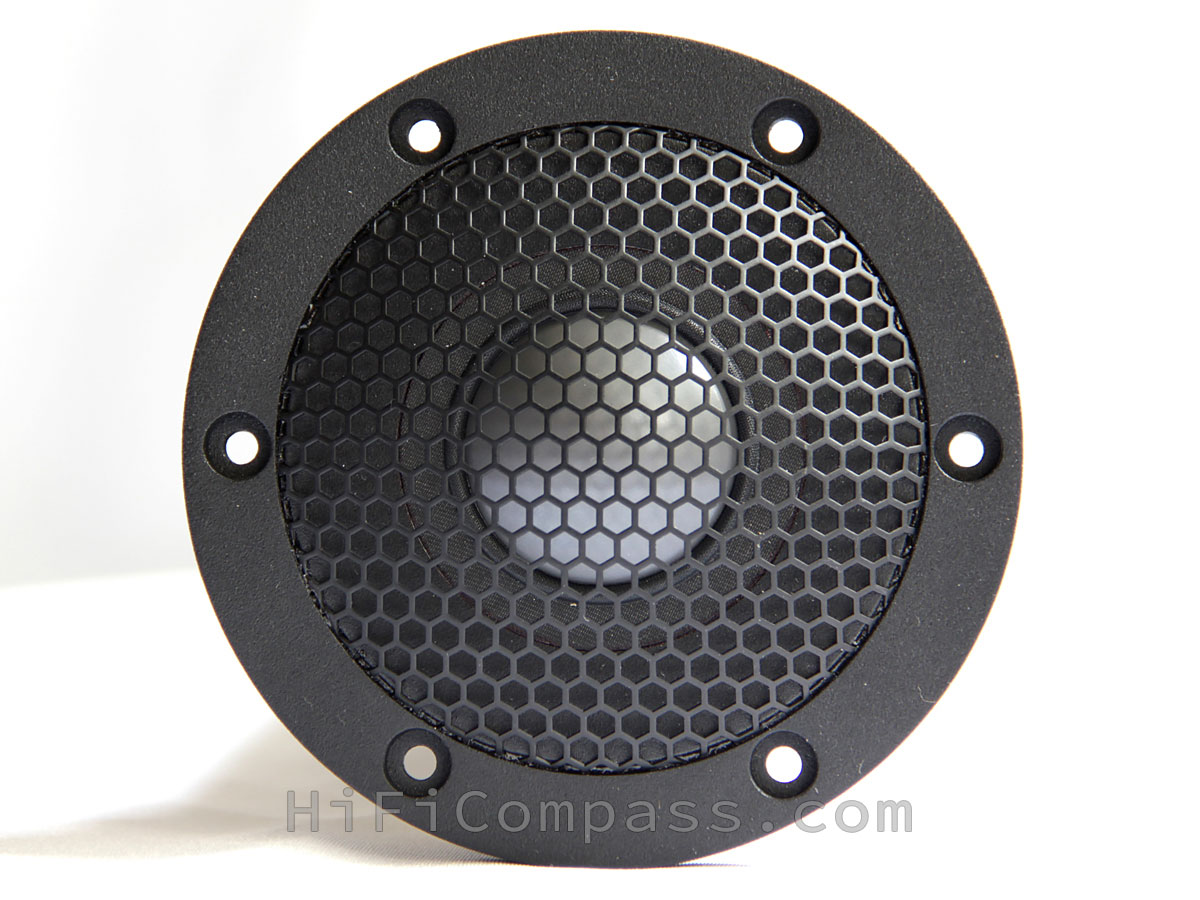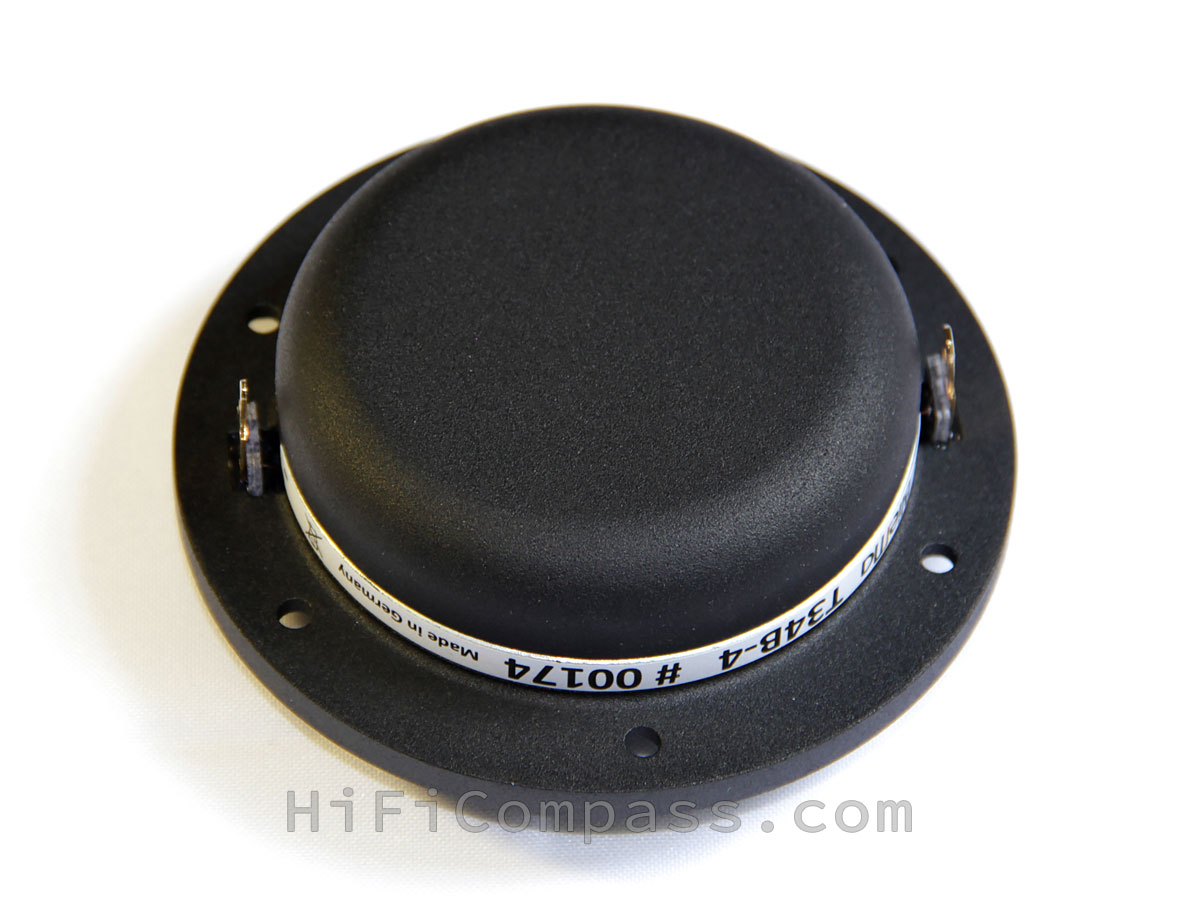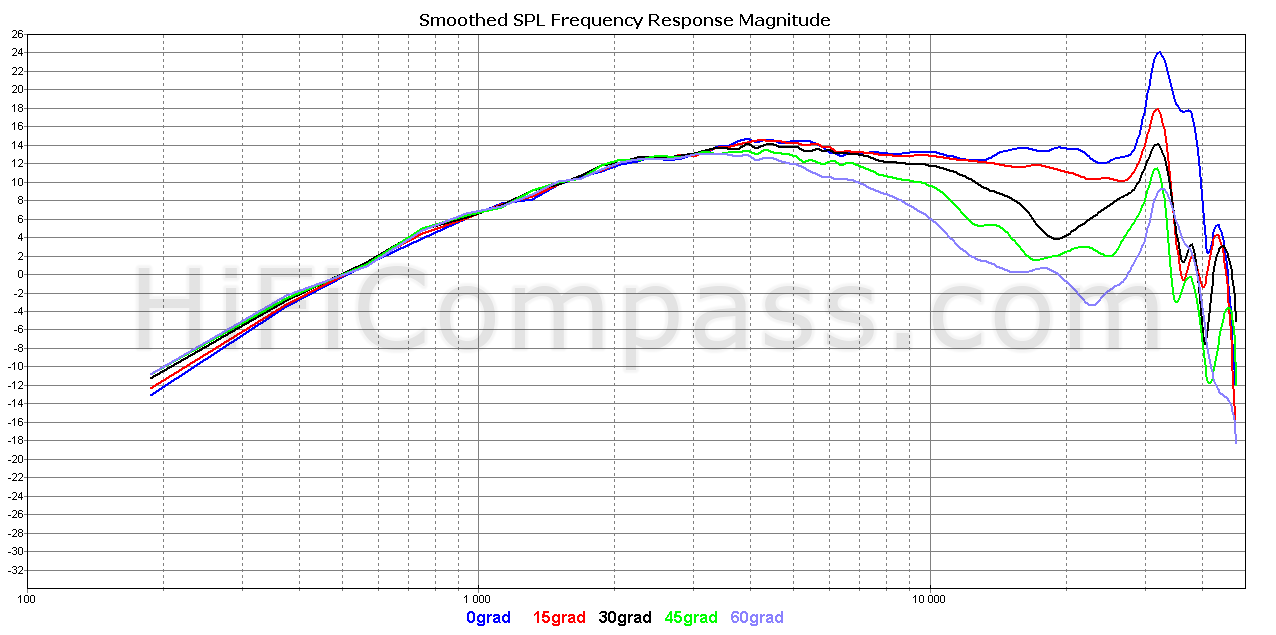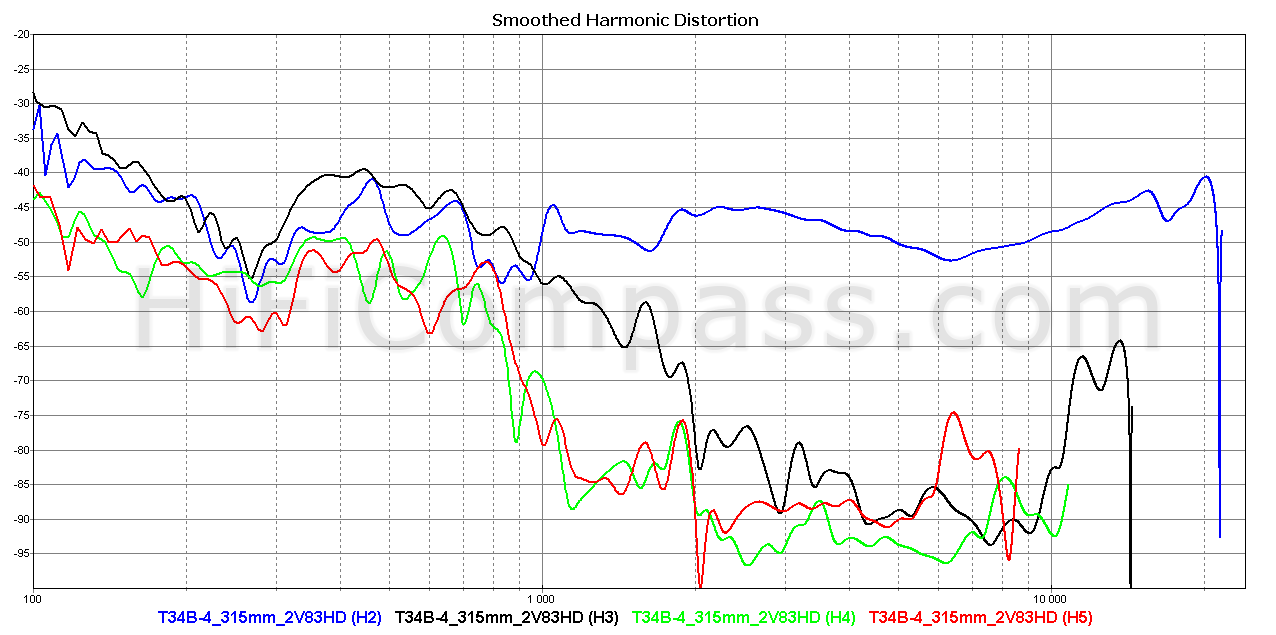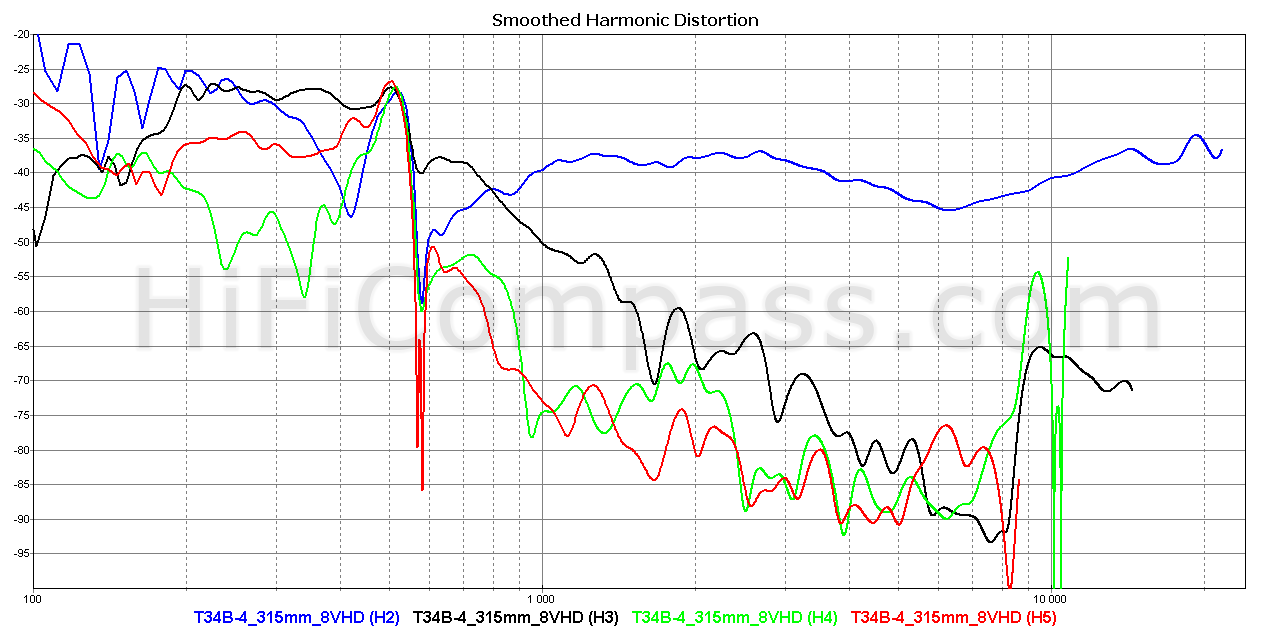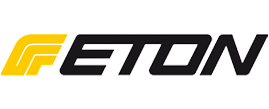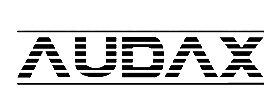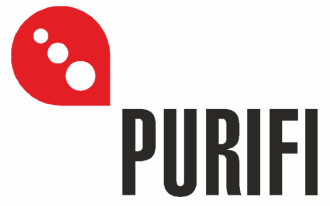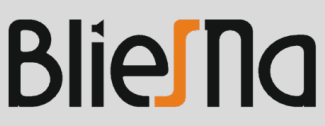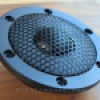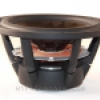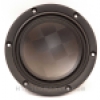HiFiCompass
BlieSMa T34B-4 Beryllium Dome Tweeter
What is on the test bench?
In February, 2018 we tested the first BlieSMa (Germany) product - aluminium-magnesium 34 mm dome tweeter T34A-4. And so, three months later it's new product is on the our test bench - beryllium 34 mm dome tweeter T34B-4.
By its construction the new tweeter is exactly the same as the previous one, except for the material and shape of the membrane. Here it is made of beryllium - one of the best material available to speaker drivers manufacturers today. The combination of low density, high rigidity, the Poisson's ratio close to zero and an acceptable price leads beryllium to the real leaders. It should be said that beryllium is in the world trend today. Many famous loudspeaker manufacturers use beryllium membrane drivers in their top models. It is worth to take a look at their brand names:
- Magico (www.magico.net)
- TAD (www.technicalaudiodevices.com)
- JBL (www.jblpro.com)
- Focal (www.focal.com)
- Paradigm (www.paradigm.com)
- Rockport (www.rockporttechnologies.com)
- Revel (www.revelspeakers.com)
- EgglestonWorks (www.egglestonworks.com)
- Estelon (www.estelon.com)
and many others who use more accessible from the price point of view beryllium dome tweeters from SB Acoustics (www.sbacoustics.com).
T34B-4 dome has shallower profile than its sibling Т34А-4 does. Likely, it should be reflected in the off axis frequency responses in some way.
Because the vast majority of technical parameters of tested model are inherited from the previous one, before reading the next sections we recommend to get familar with the review of the predecessor.
We express our great gratitude to the manufacturer for the kindly provided product for testing.
Why do we test this?
A number of unique characteristics of the previous tweeter with an aluminium-magnesium membrane, as well as excellent results shown by it in our loudspeaker project Pharaoh, stimulated our considerable interest in testing a new tweeter. Let's see what else can be improved by using a more perfect membrane material.
What does the manufacturer say?
Getting familiar with the datasheet:
The characteristics of the top segment category. We will go through the features because some of them really require of our explanation.
- 34mm beryllium dome with 32kHz first breakup mode
- It is a very good parameter, because contenders having the same material dome membranes but with diameters of 26-29 mm have the first breakup mode frequency in the range of 32-35 kHz - Extremely low moving mass for better transient response and higher efficiency
- In reality «extremely», another 0.02 gram lower than T34A-4 has. - Fully saturated neodymium motor with copper sleeve for very low non linear distortion
- Nowadays such a motors are not rare and can be found in many top segment tweeters. But there is one small detail - the induction in the magnetic gap is 2.2 Tesla! It is not just a rare phenomenon but an exclusive parameter. We think so, it is somewhere near the theoretically achievable limit and it says that the manufacturer has done something in technology to achieve this. - 3mm linear excursion and large vent channel for undistorted low-end frequency operation
- 3mm is from peak to peak. The amplitude of 1.5mm is just a fantastic parameter. We have never seen a such tweeter parameter before. Operating down to 1.3 kHz? It is not a problem! - Narrow surround for less "soft dome" sound coloration
- The surround is really very narrow. Due to this fact the ratio of radiation areas of the dome to the fabric surround is very high, so that the contribution of soft surround to the overall nature of the sound is reduced. - Flush mounted surround and rear mounted magnet system for flat frequency response and wide off-axis response
- Moving assembly flush mounted on the face plate doesn't affected neither by any additional waveguide-horn loading nor by reflections/bouncing between the tweeter dome and mounting flange itself. In this case the dome is mounted on top of a flat flange and looks from the outside just like a protruding segment of a sphere. According to the manufacturer, it contributes to a more even frequency response.
- Rear mounted magnet system is very good. Removing screws heads from the front side of the flange reduces additional reflections and contributes to the smoother frequency response. We saw the same construction in expensive tweeters from Scan-Speak and SEAS. - No ferrofluid for improved dynamics
- Underhung voice coil wound on titanium former
- Flexible and lightweight lead wires made in Denmark
- Thick aluminium powder coated flange
- Aluminium rear chamber with natural wool damping
- Gold plated wire terminals
- It is hardly worth stopping on the last four points. - Extremely wide recommended frequency range 1.3kHz - 40kHz
Of the numerical parameters it is worth noting the unbelievable high sensitivity – 97.5dB/2.83Volt, it is 1.5dB above than T34A-4 has(!), and very low voice coil inductance - 0.008mH.
Visual inspection
As in the case with T34A-4 we see impeccable quality of manufacturing. Microtexture powder coating is pleasant to touch. Perfectly adjusted details, complete absence of any defects in the coating, absolutely no trace of glue. Indeed, a massive thick aluminum flange which will not be flawed even when the screws are heavy tightened. Thanks to the rear mounted magnet system, no screws or slots except 6 mounting holes on the flange can be found. The terminals seem to be a single whole with the flange, they sit as if were pressed in and do not bend at all. Weight is remarkable, after all, almost 700 grams. The metal protective mesh with a large degree (about 70% of the open area) of acoustic transparency.
The only thing the tweeters lack is absent of a sealing ring in the back of the flange. That sealing ring simplifies the mounting process in some degrees.
Impedance frequency response
The measured parameters almost coincide with the declared ones by the manufacturer. The resonance frequency is even lower - 760 Hz. The impedance characteristic is very smooth without visible signs of serious stray resonances in the entire frequency range. Our measurements showed an inductance of 0.03 mH, but we are very skeptical about this figure since at a low measurable inductance the error of the WT3 system is very high. In general, the impedance curve in the range 4 kHz - 20 kHz is almost which is a good sign of an excellent motor.
On-axis frequency response
The frequency response is very close to the one from the datasheet both in shape and absolute level. The measured average sensitivity in the range 2-6 kHz was about 97.5 dB, and in the range 6-20 kHz it was almost 98 dB. In the range of up to 20 kHz the characteristic is very smooth, without severe dips and splashes. There is a slight smooth rise of 1.5 - 2 dB in the range with a center frequency of 4.5 kHz which will not pose big problems in crossover designing.
At a frequency of 32 kHz we can clearly see the main resonance of the membrane, the tail of which completely disappears at 27 kHz. It is hardly appropriate to talk about the audibility of this effect.
The left edge of the frequency range is very smoothly falling and it is easy to get the low end 1.3 kHz cut-off frequency together with the crossover. The second order high pass will allow to get the fourth order in sound pressure without polarity reversal of the tweeter. Good frequency response.
Off-axis frequency responses
The measured off-axis characteristics are not surprising as it was in the case of T34A-4. Nevertheless T34B-4 having a larger membrane area has off-axis responses at least at the level of existing on the market 1" beryllium tweeters. All curves at angles from 15 to 60 degrees fall quite monotonously with increasing in both frequency and angle. Good off-axis responses.
THD (315 mm)
Here you can see the distortions at sound pressure levels of 97.5-98 dB and 106.5-107 dB and we would characterize the nonlinear distortions as "very low". The measurements at voltage levels above 2.83 Volt were carried out with a 200 Hz cutoff high-pass filter included.
The nonlinear distortions of T34B-4 just a little lower than T34A-4 ones. It should be remember when comparing diagrams for Al and Be versions that Be version has some 1-1.5 dB more sound pressure at the same voltage level.
Listening impressions
We can talk about our listening impressions after real testing of this tweeter in our Pharaoh speakers only. For a while, we can say that after brief comparing Т34А-4 vs Т34В-4 in our hands the last one appeared to us sounding more open and bright. Quite possibly, this is due to a slightly higher overall sensitivity and top octave SPL of Be version.
This topic will be updated after testing the tweeters in loudspeakers.
"How to use" recomendations
Absolutely all of recommendations made for Т34А-4 remain be actual here.
What is price and where to buy?
Since the company is still quite young and the distributor network is just developing BlieSMa recommends to contact directly regarding the purchase of speaker drivers. The approximate retail price is about 780 EURO per pair with no VAT added.
Summary
It can be summarized that the tested speakers have the following features:
- Excellent sensitivity
- Smooth frequency response
- Good for their dome size spatial dispersion
- Very low distortion
- The ability to operate down to 1.3 kHz
The question naturally arises - what do we pay additional money for, while purchasing this model? We will try to answer.
Advantages of T34B-4 compared to T34A-4:
- a little bit higher sensitivity
- just a little lower nonlinear distortions
- the ultrasonic resonance of the membrane is shifted even higher in frequency
- on-axis frequency response a little bit flatter
Advantages of T34A-4 compared to T34B-4:
- off-axis responses are better
One more question left, that can't be measured and assessed by none of measuring equipments. This is a question of sound signature. The fact is that every material of which the membrane is made, whether aluminium, paper, beryllium, ceramics or diamond, leaves its imprint on the reproduced sound. About this difference, we can only say with time, comparing tweeters in different loudspeaker projects. One thing is clear, beryllium is a cosmic metal and it is now in the world trend.
More detailed measurements can be found here.
One more review of this tweeter from Troels Gravesen - https://www.troelsgravesen.dk/BlieSMa_T34B-4.htm
Yevgeniy Kozhushko/16.01.2024
CONTACTS
- Ukraine
- (+380) 95 904 7827
- hificompass@gmail.com
LAST NEWS
-
27 Mar 2025
-
04 Mar 2025
-
25 Feb 2025
-
10 Feb 2025
